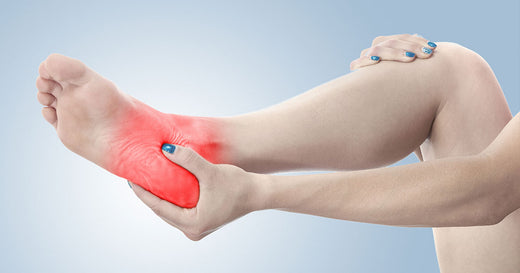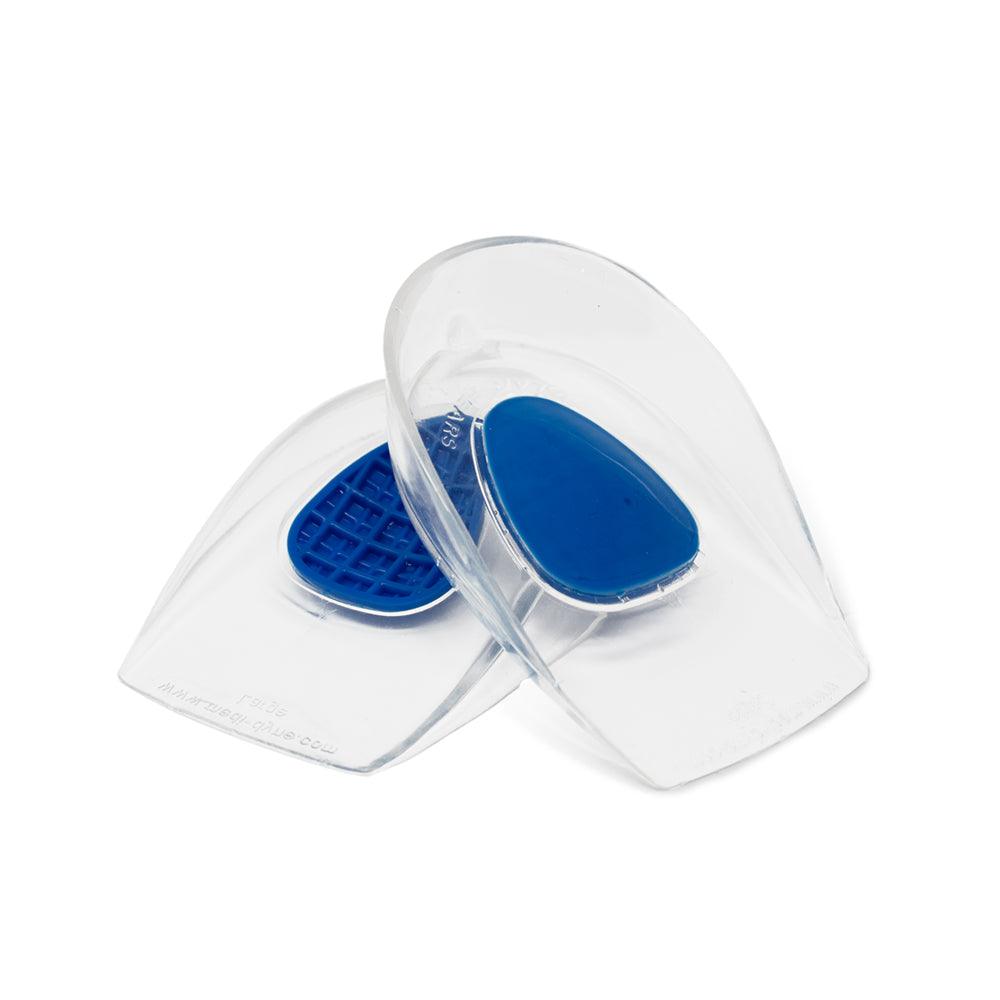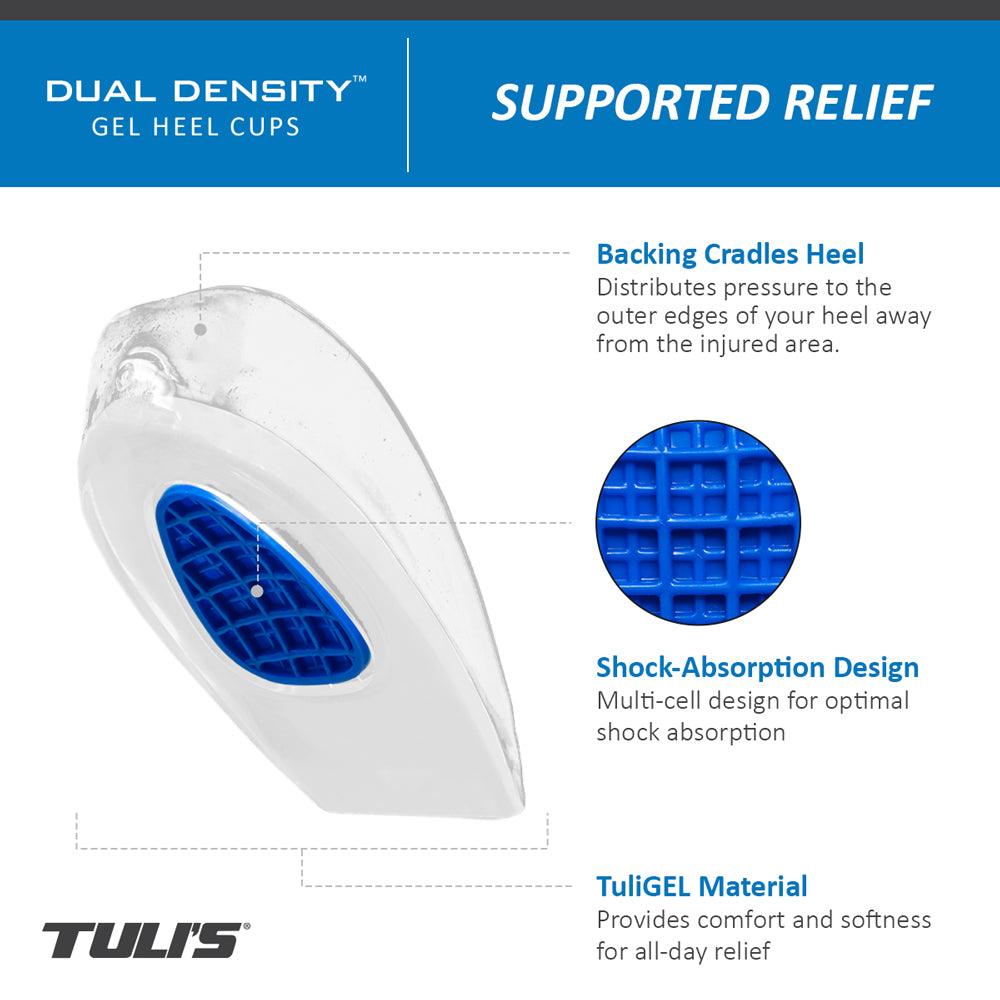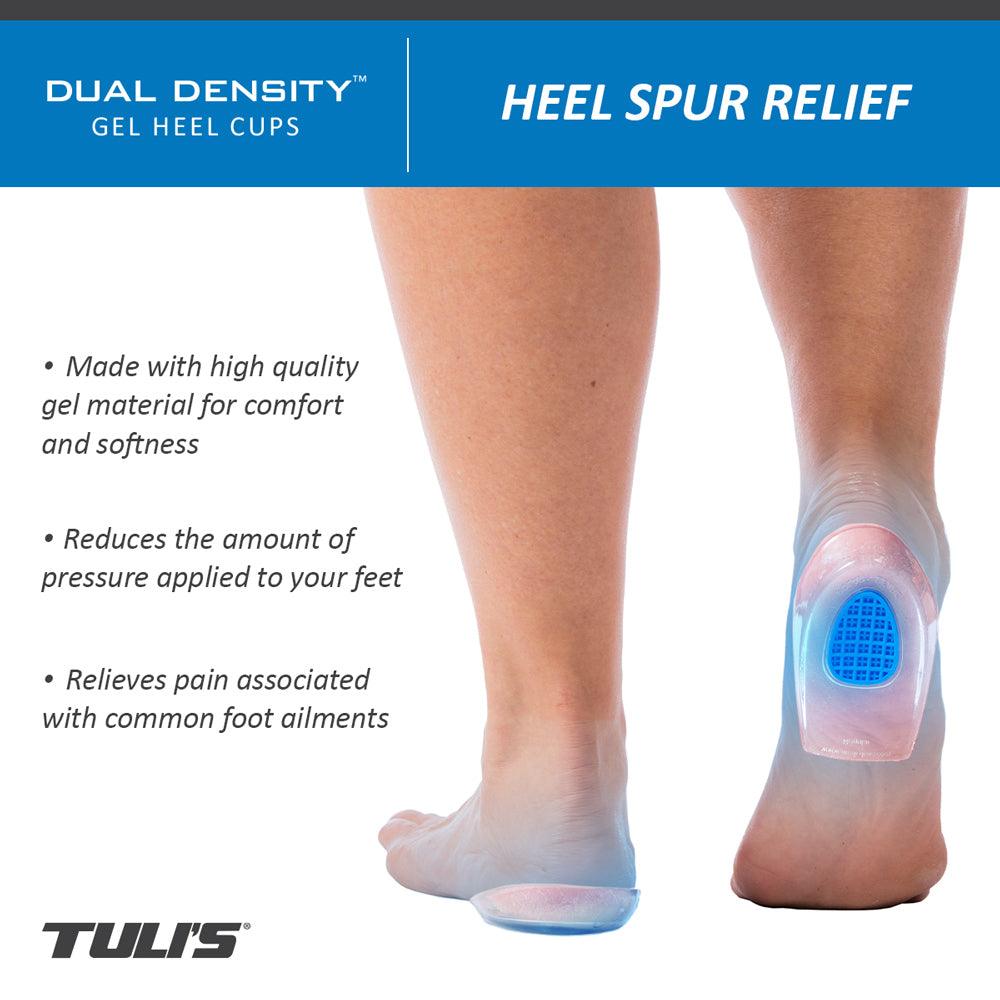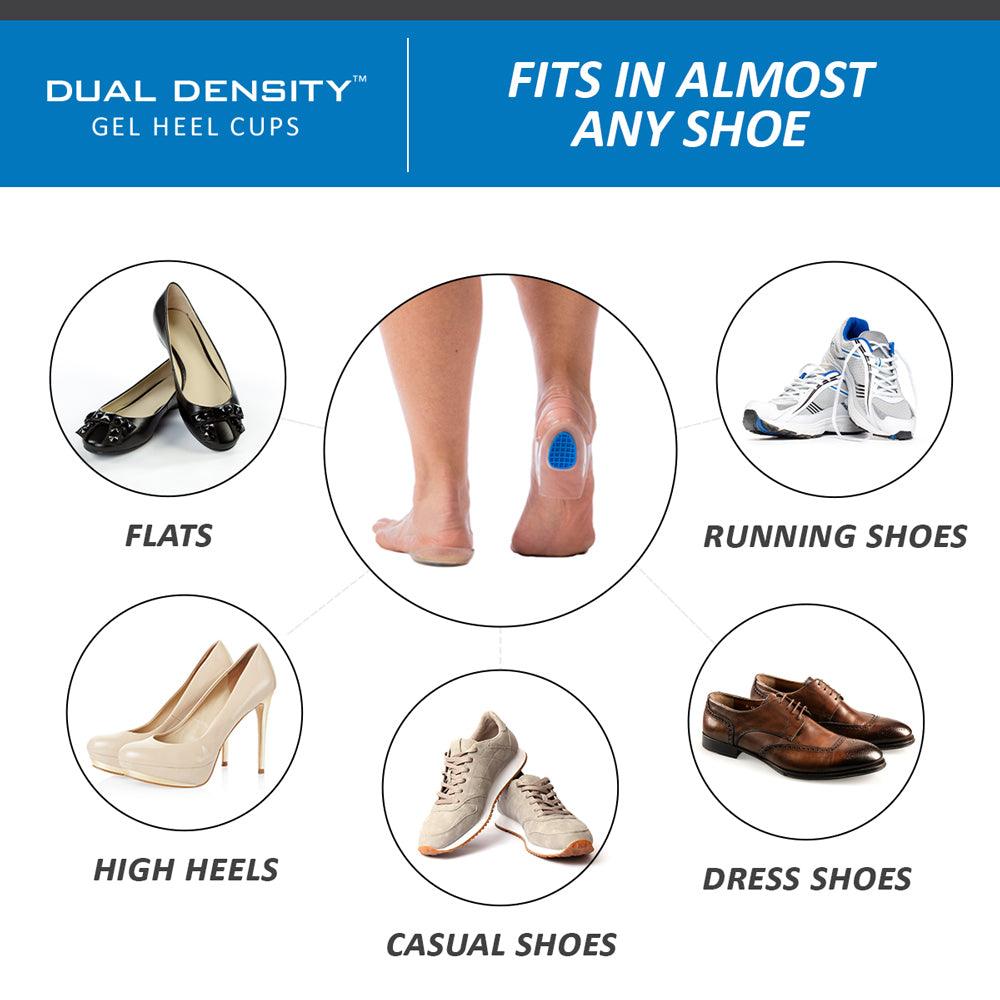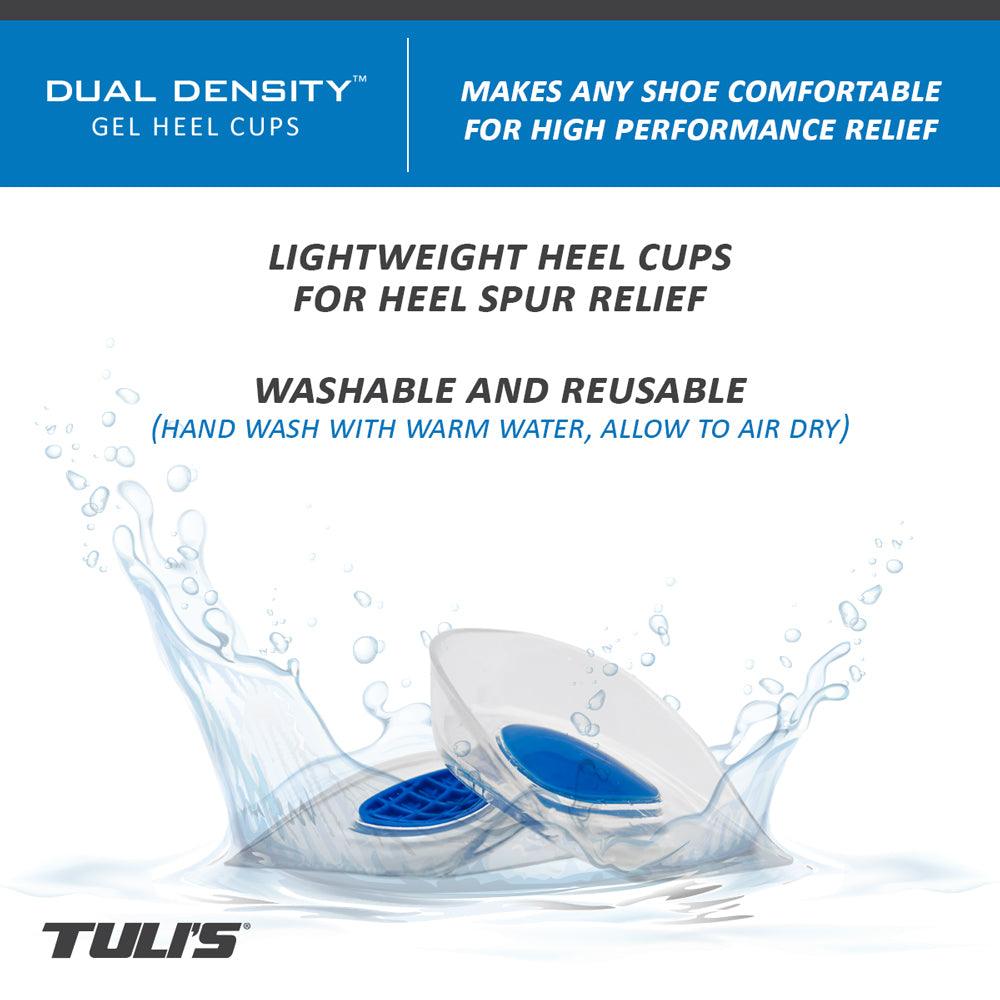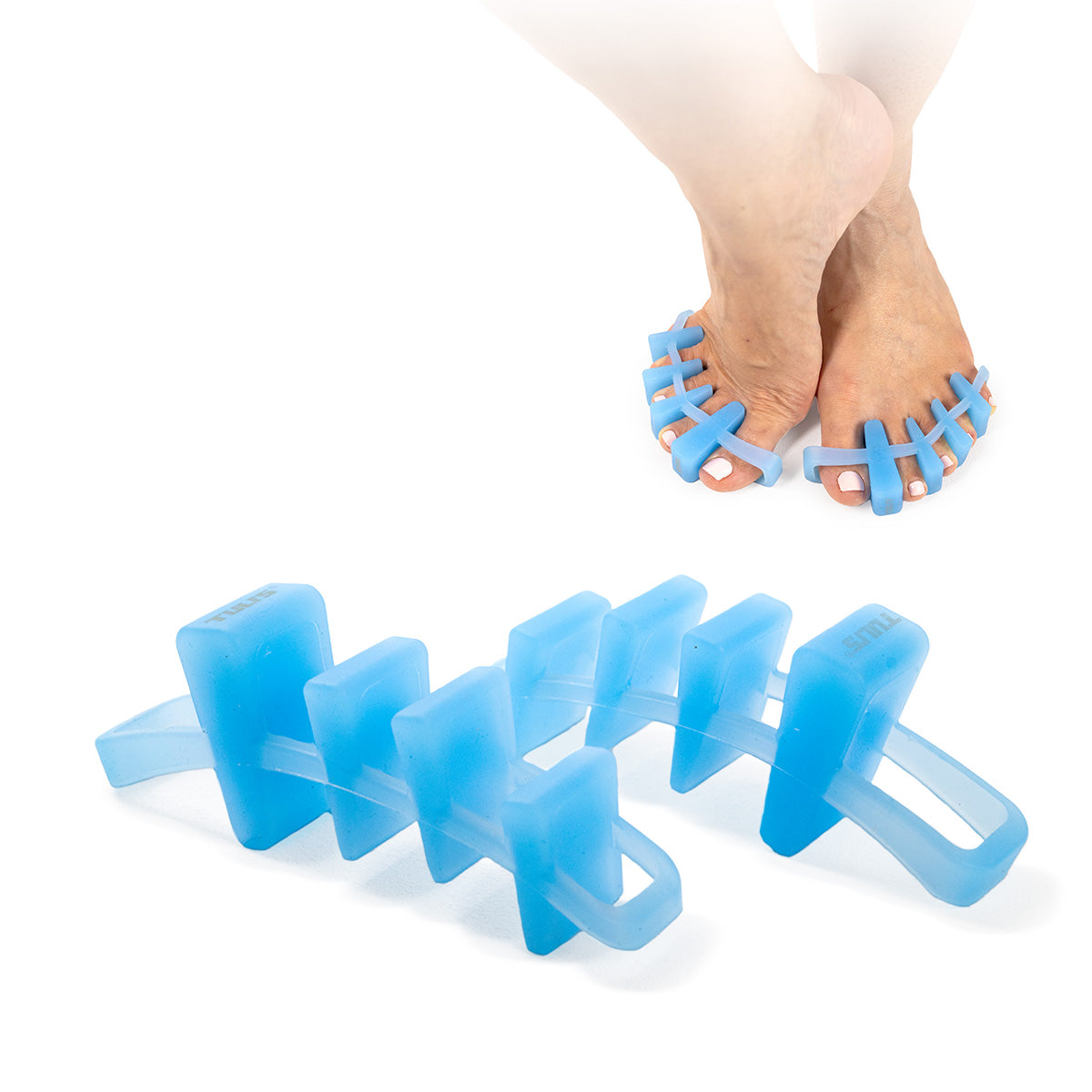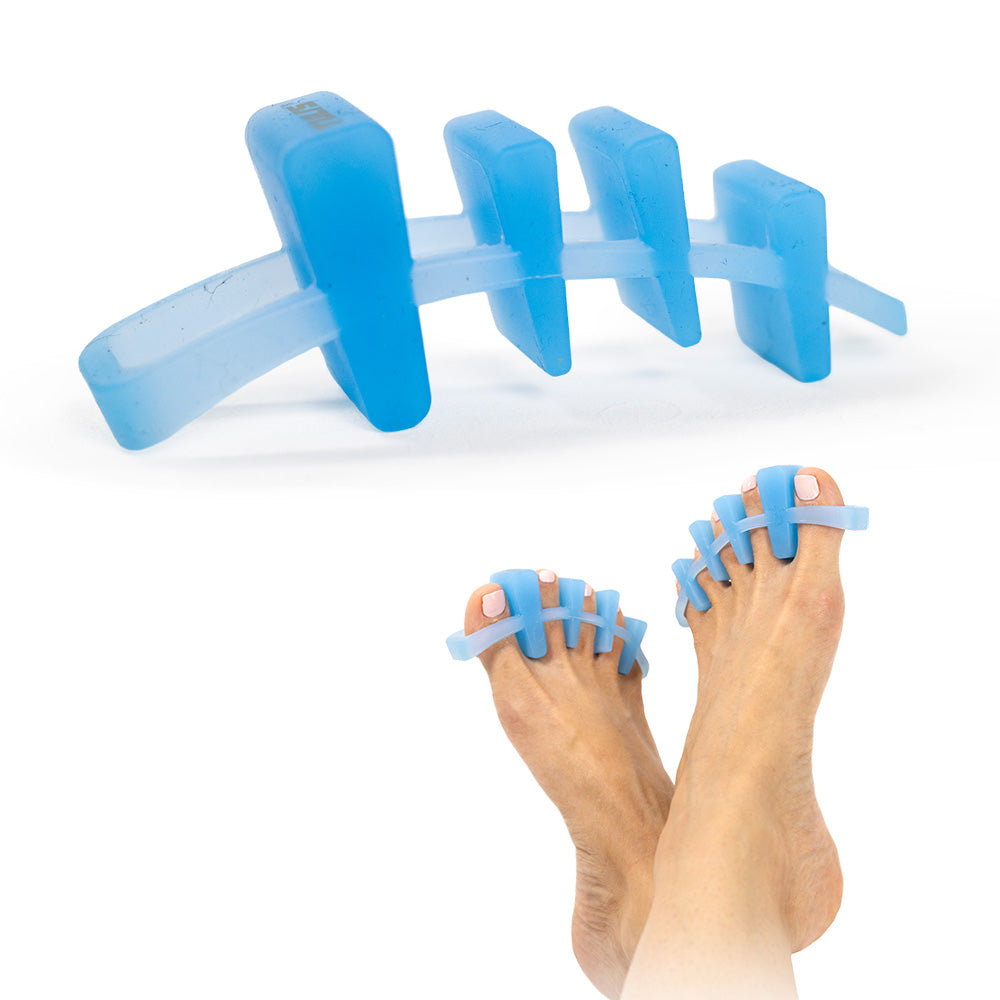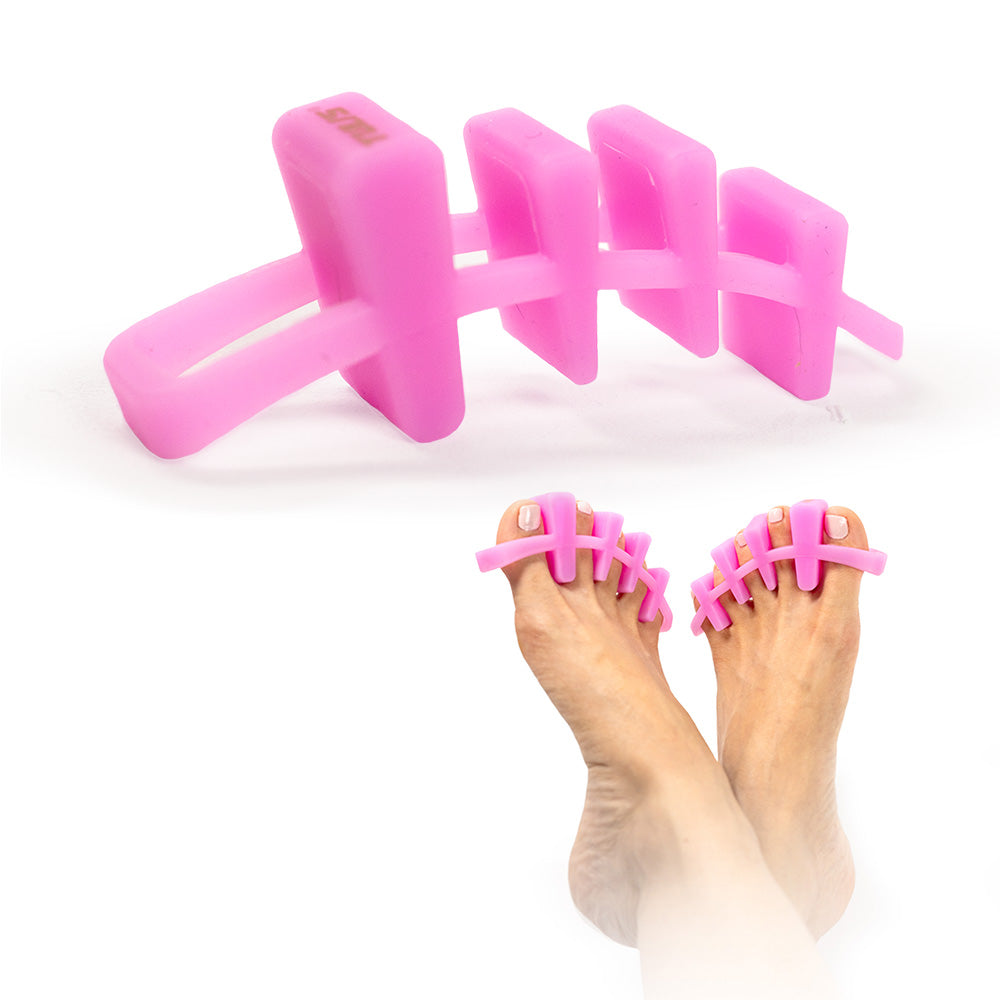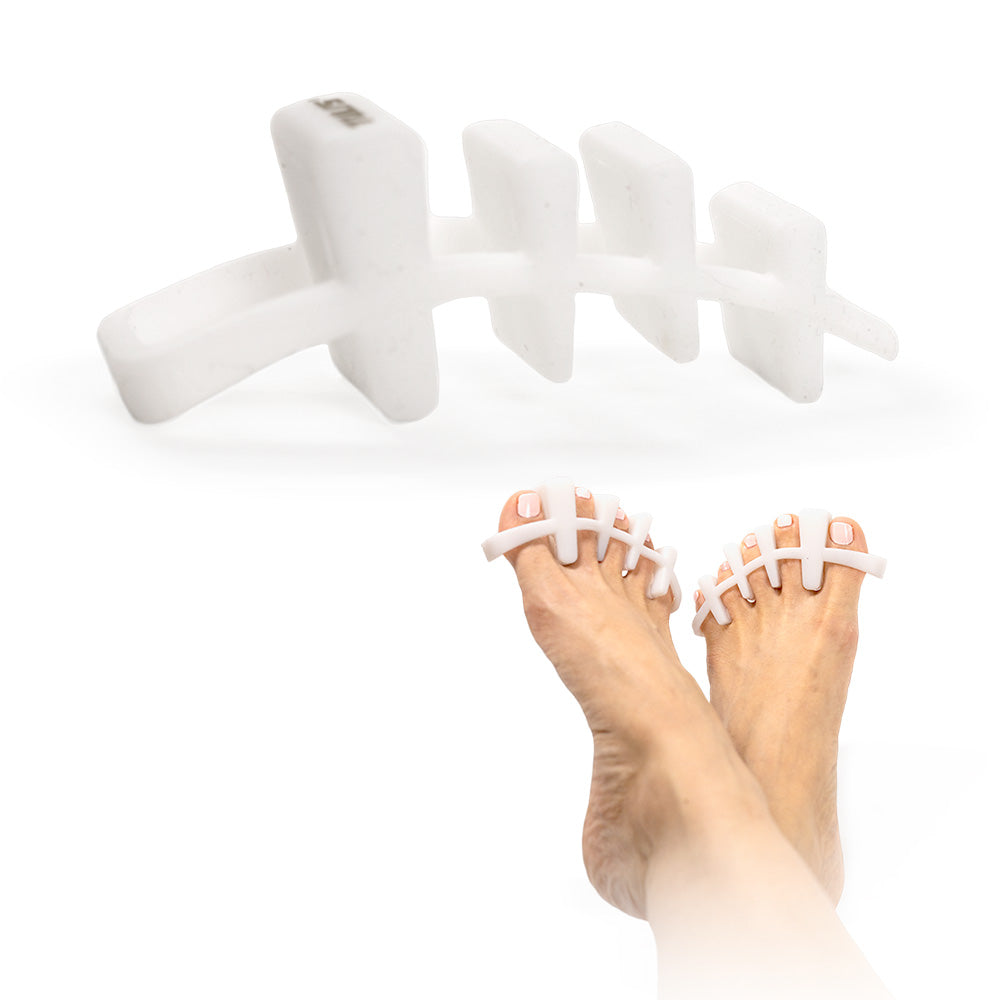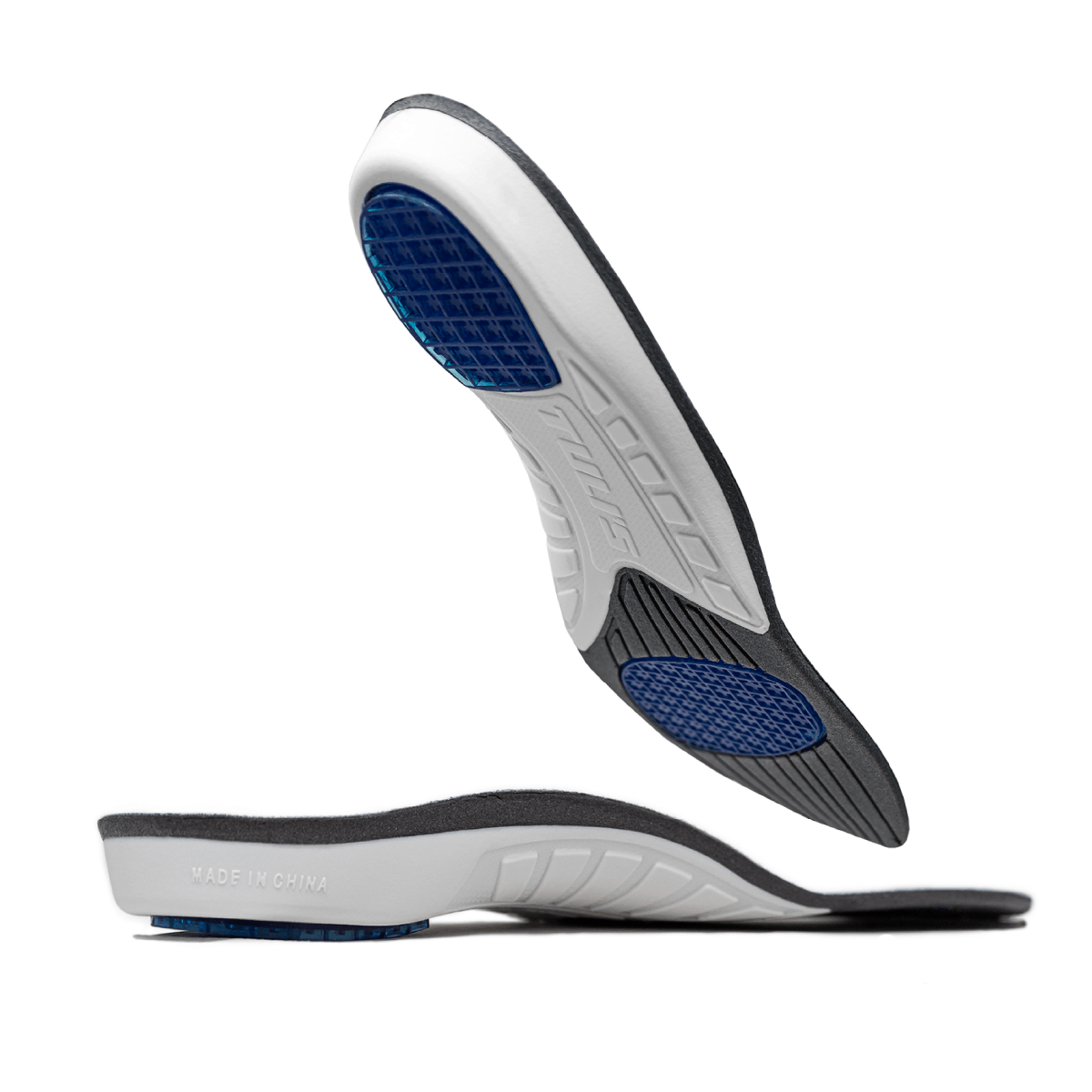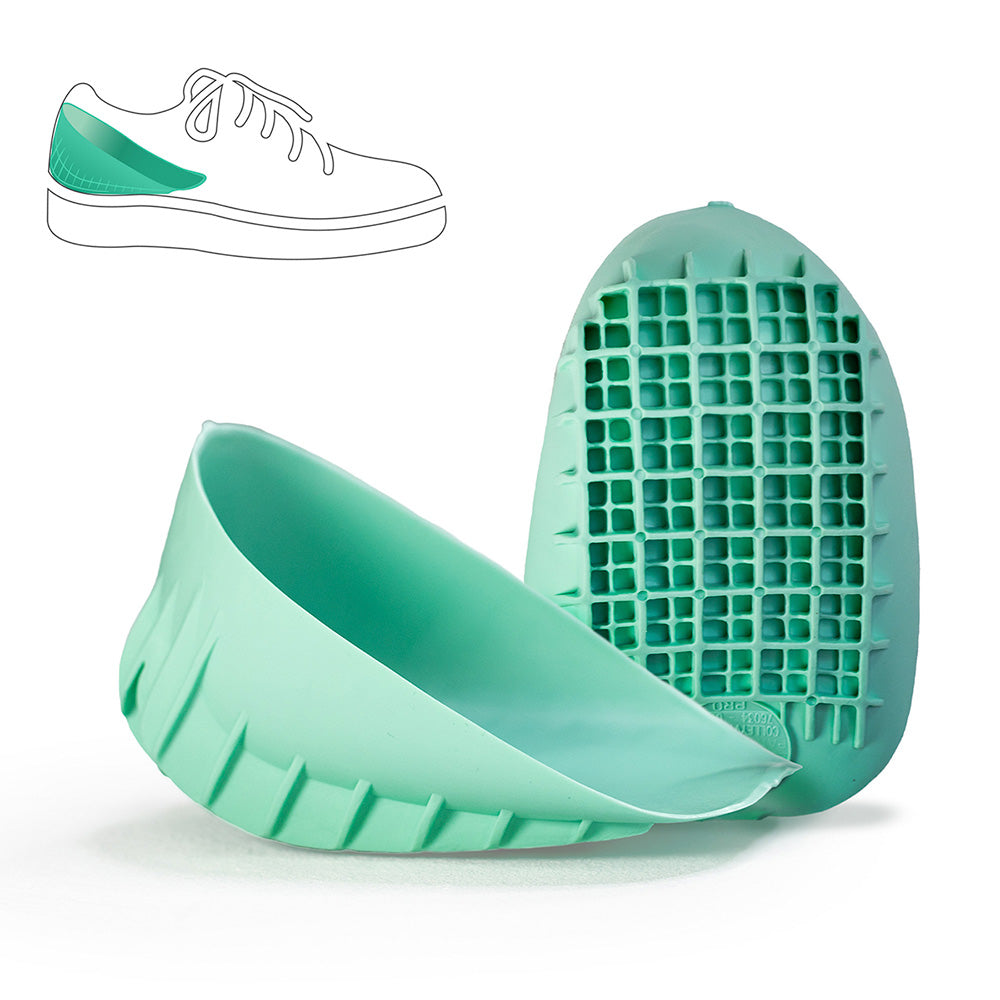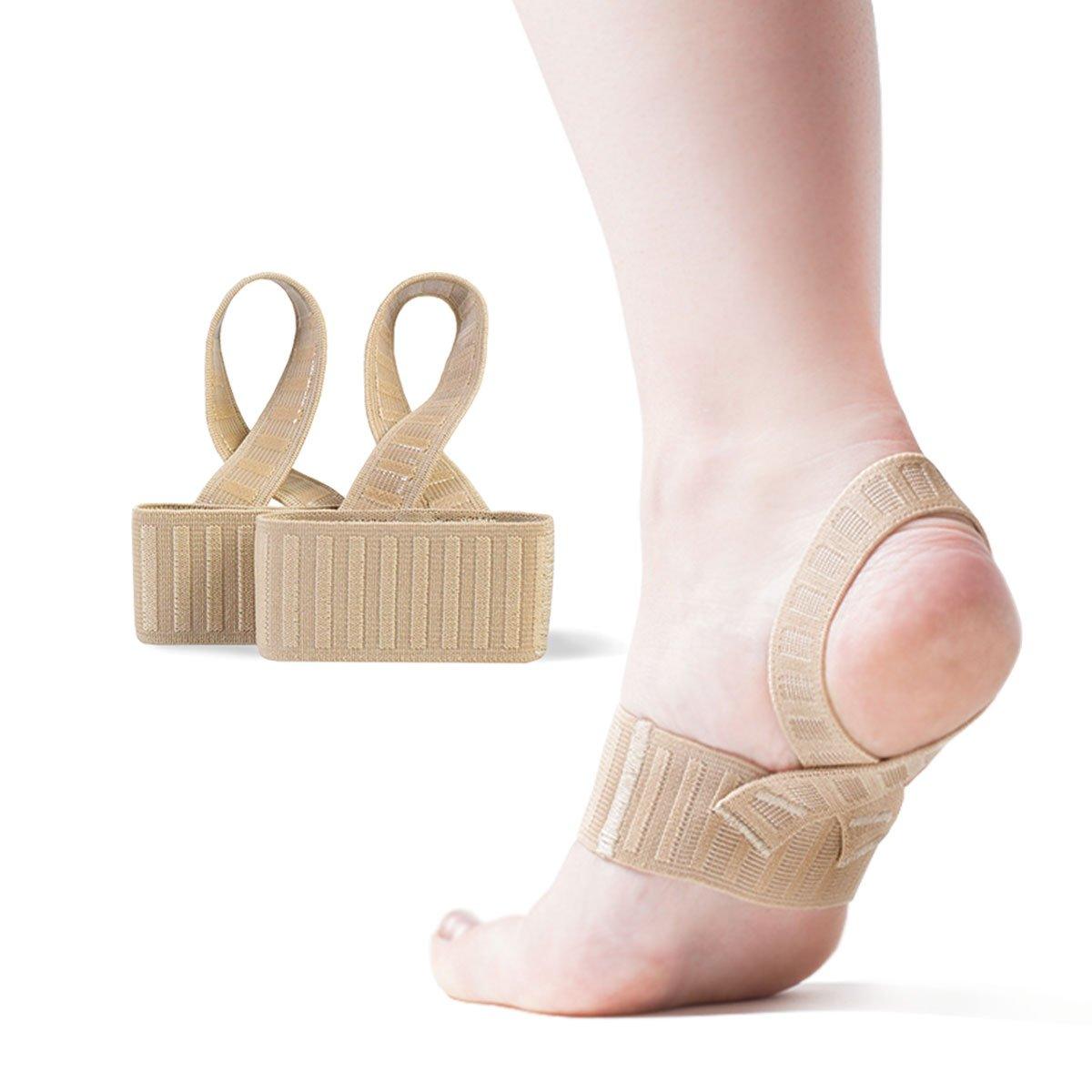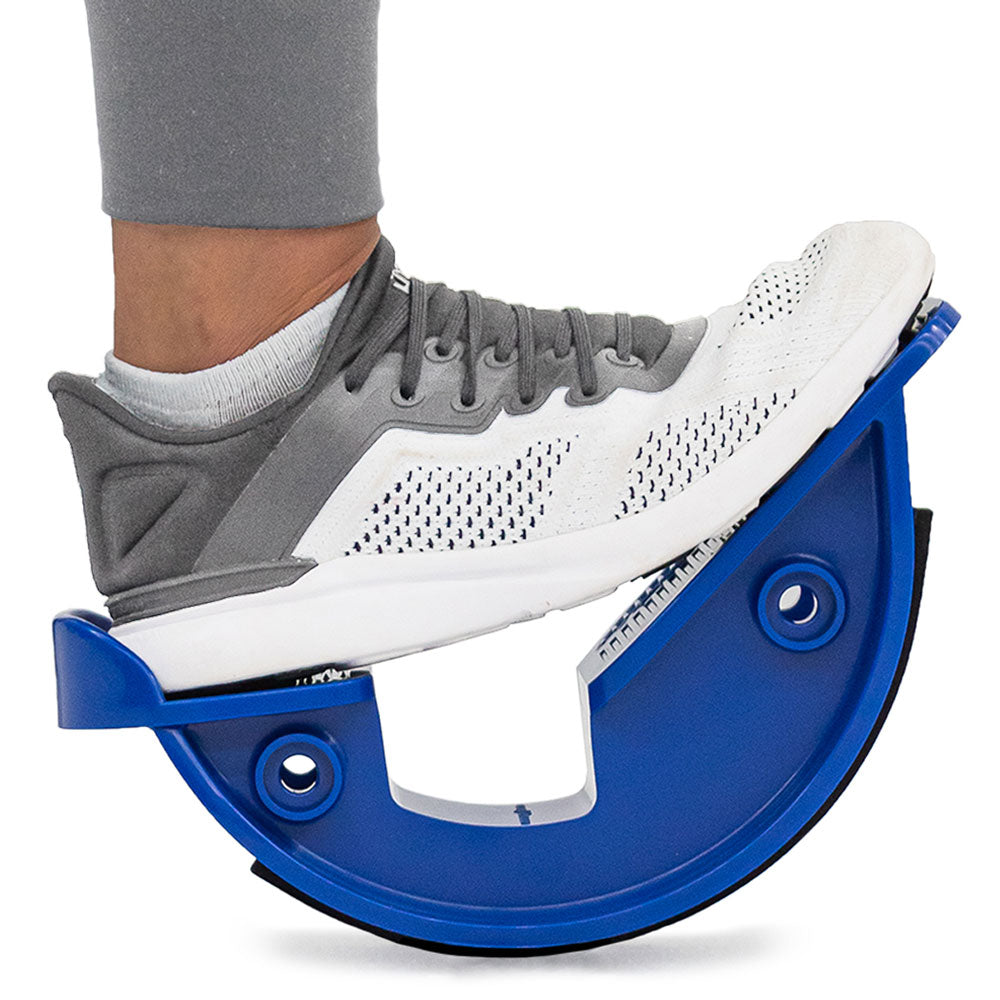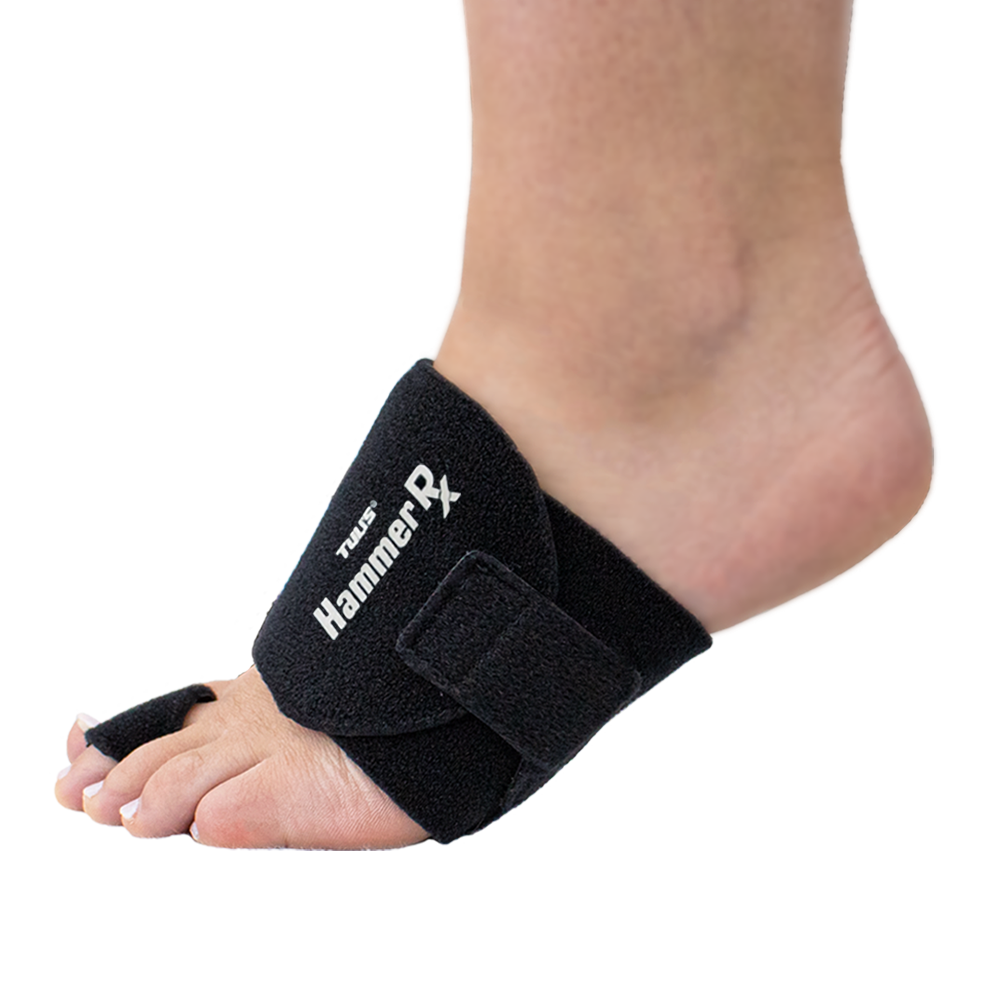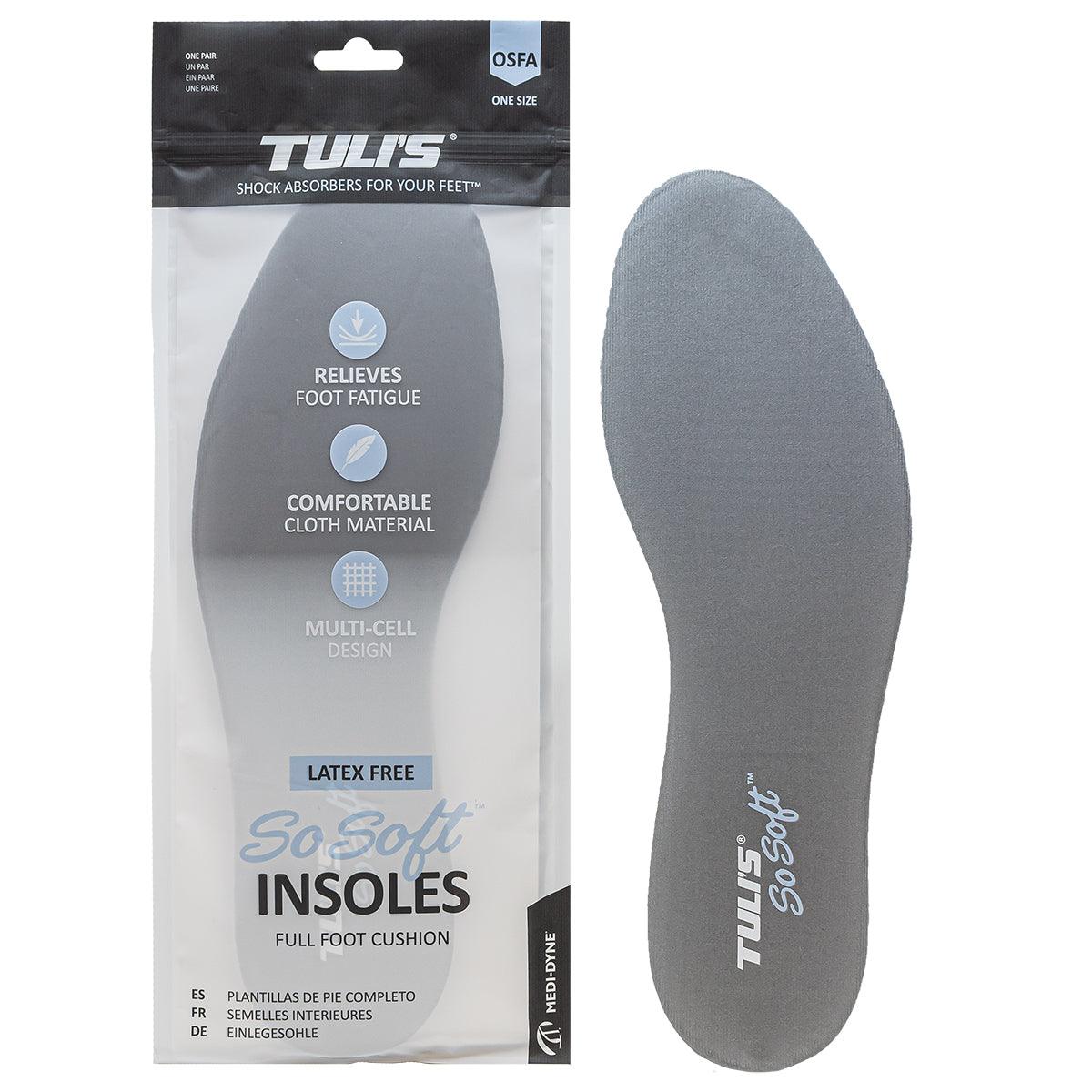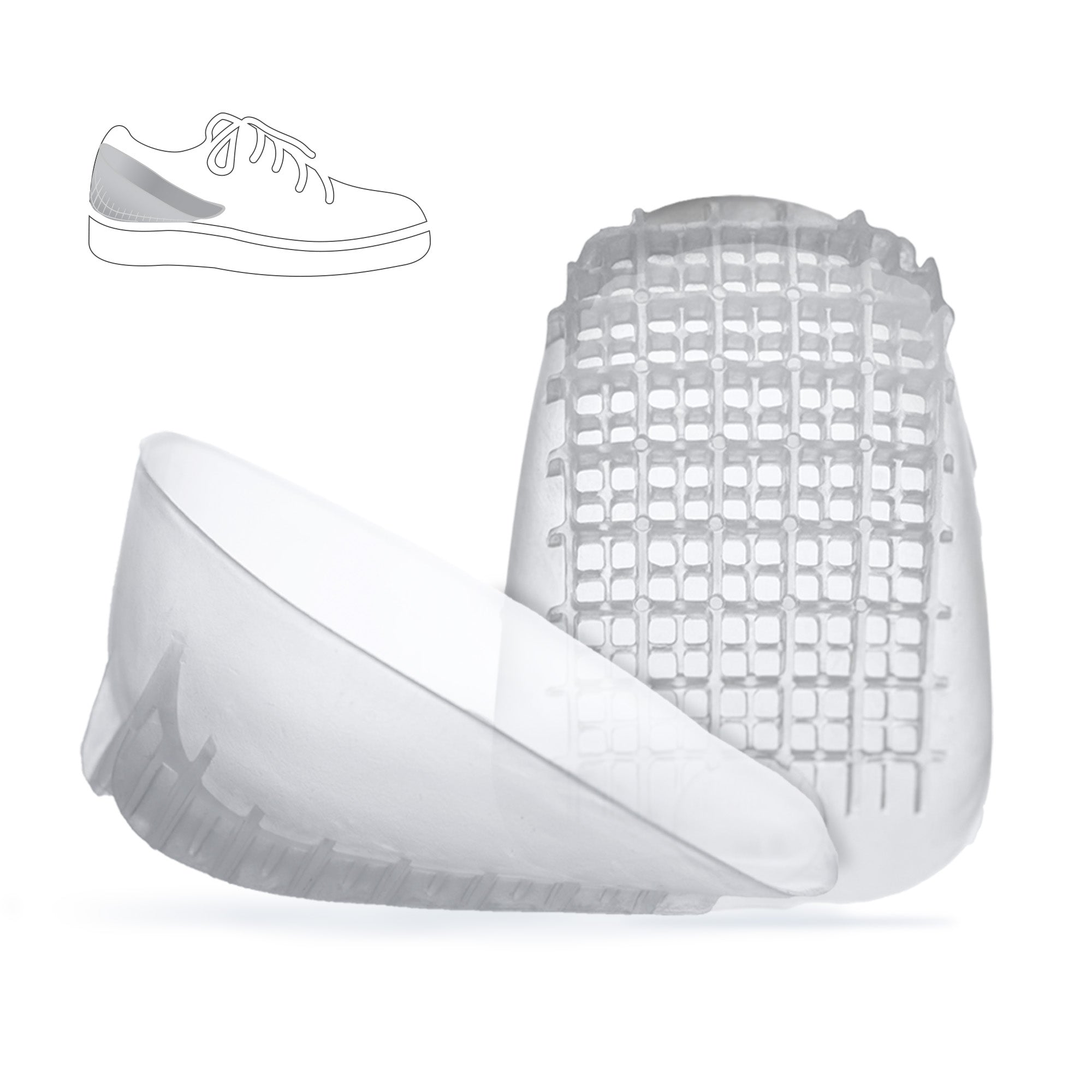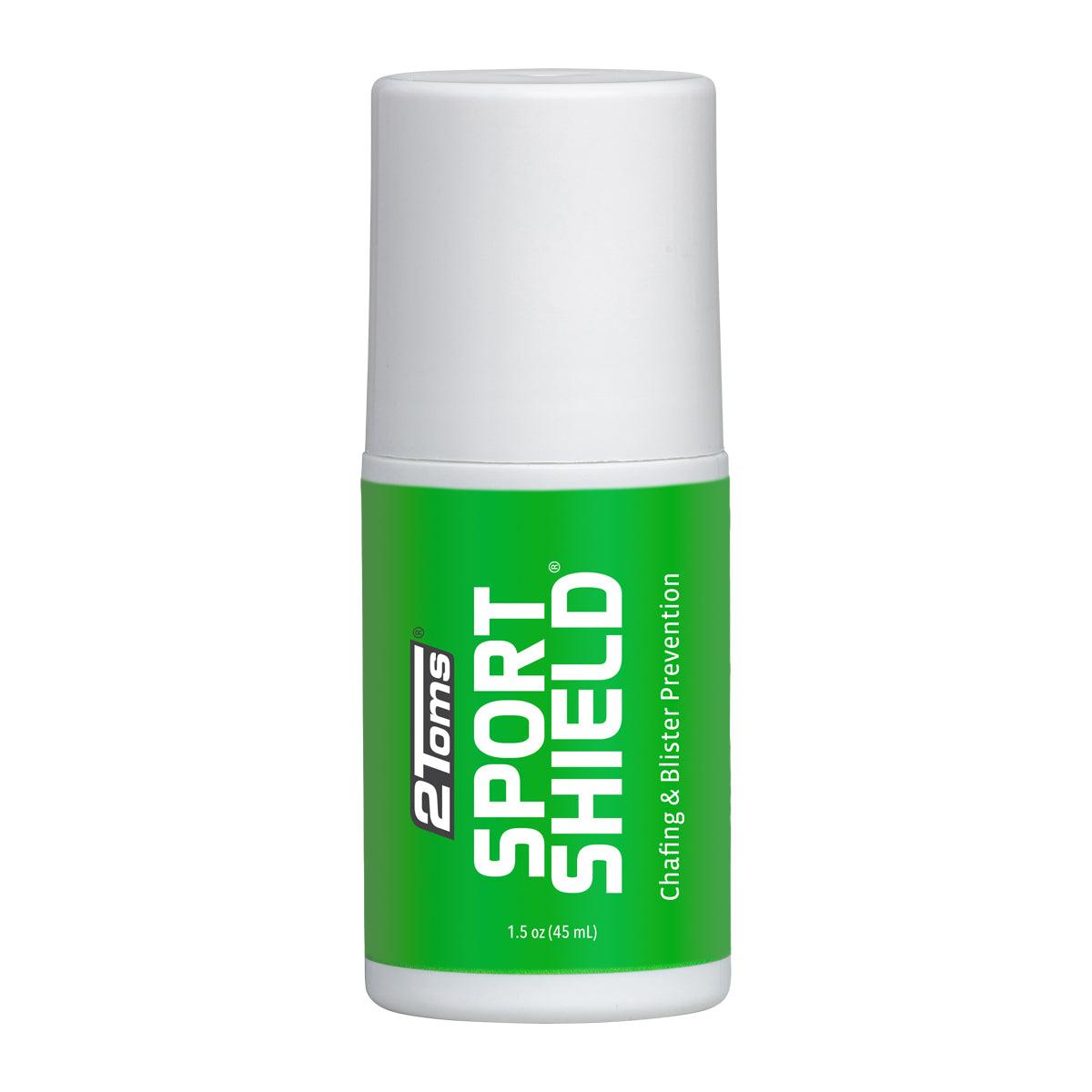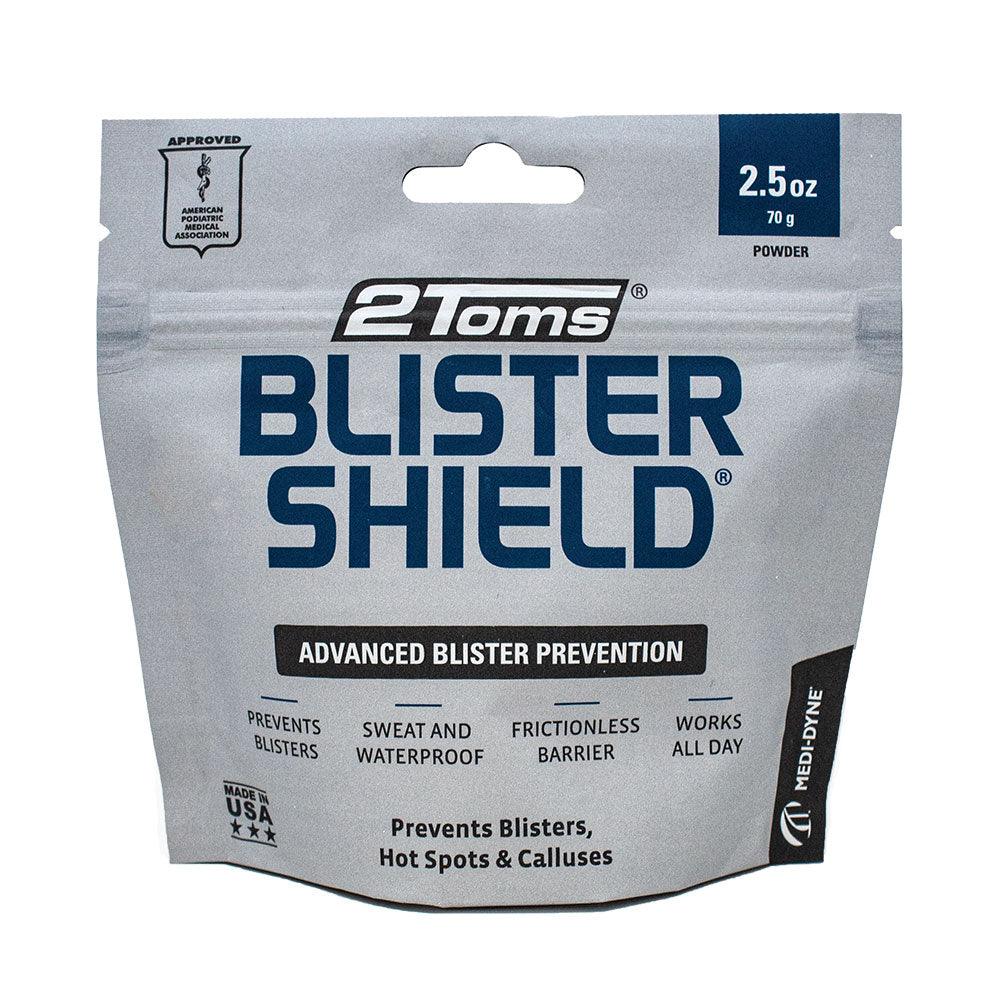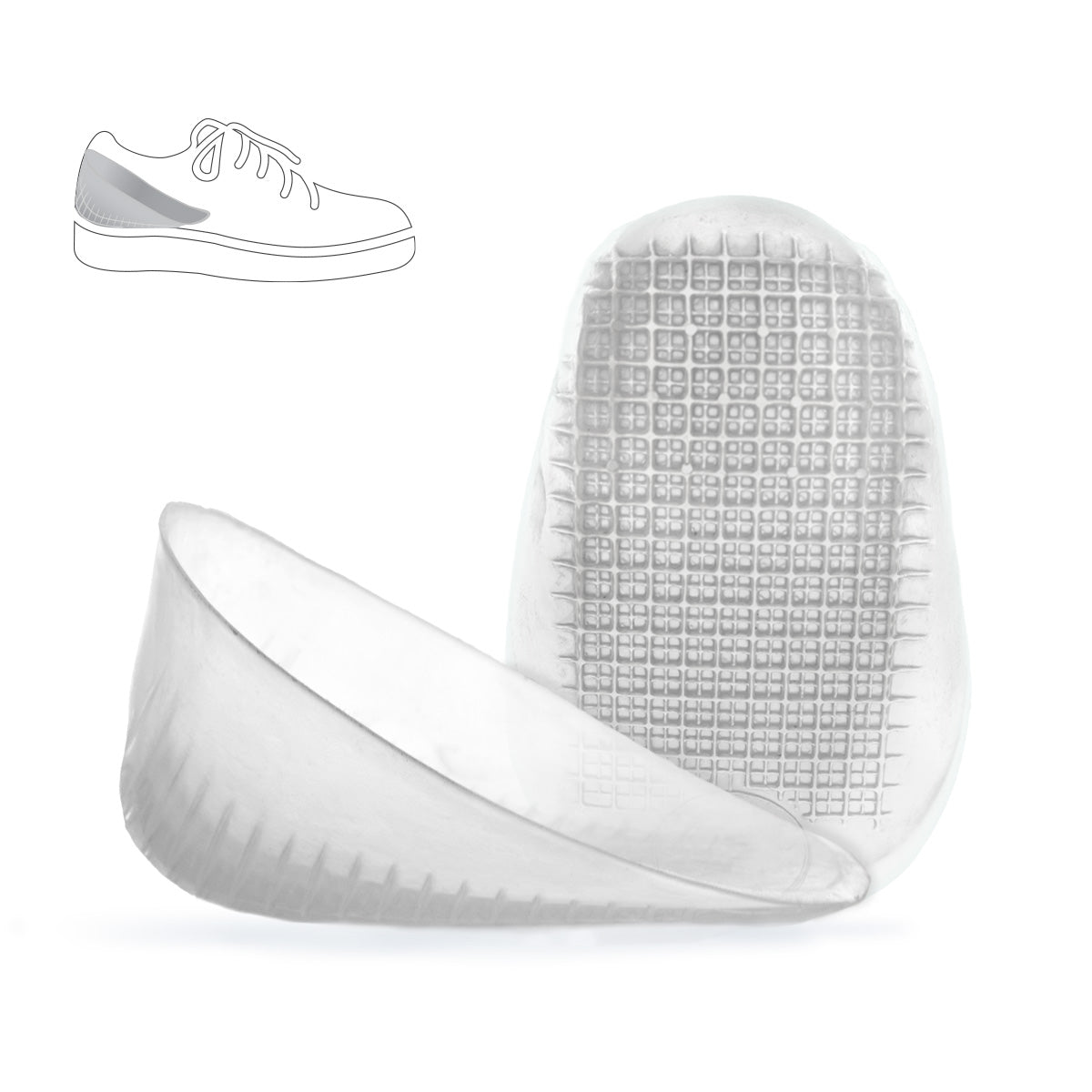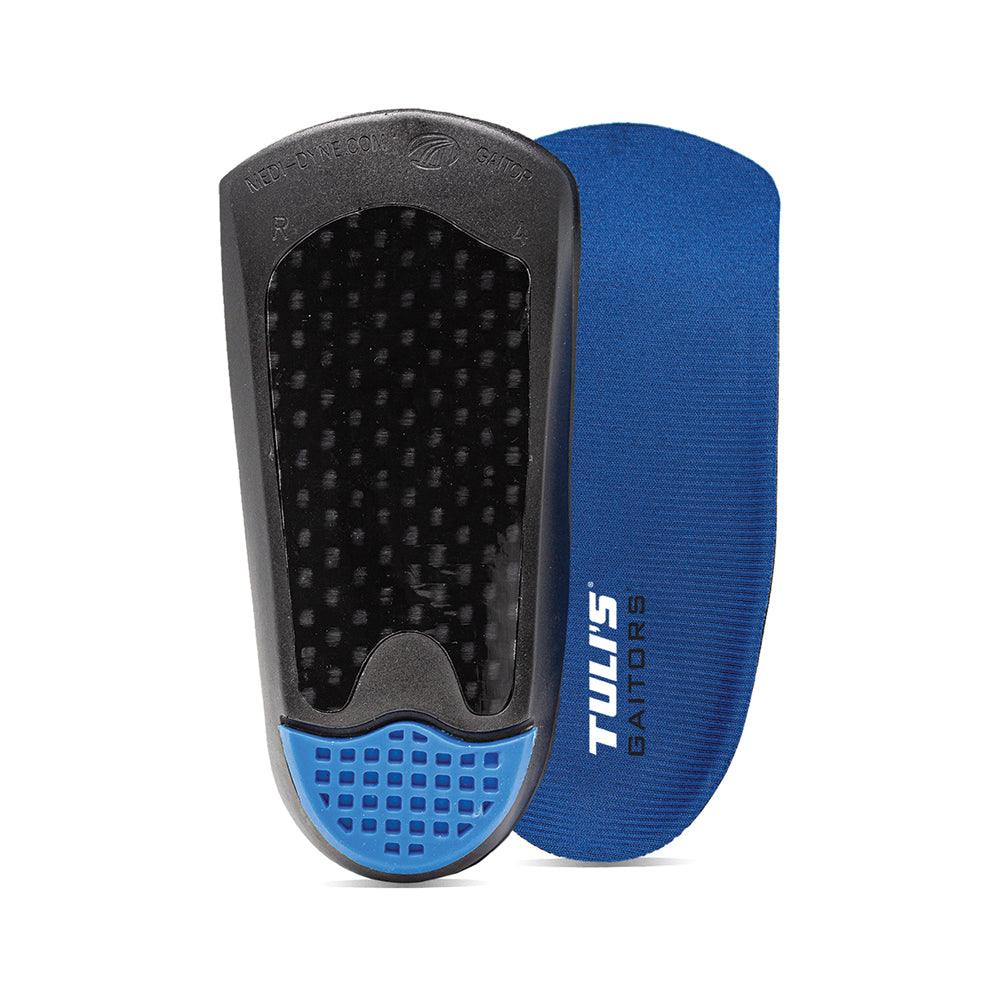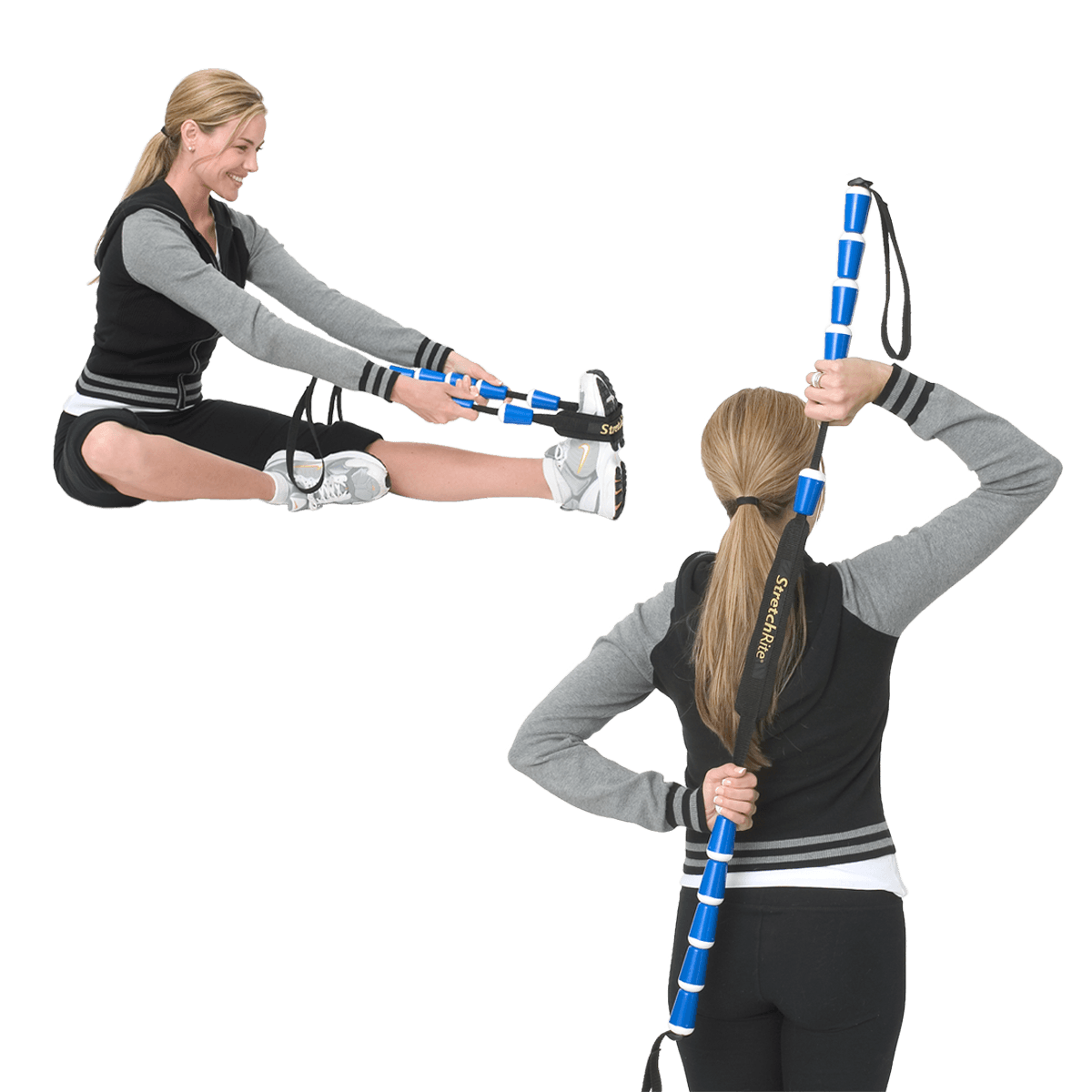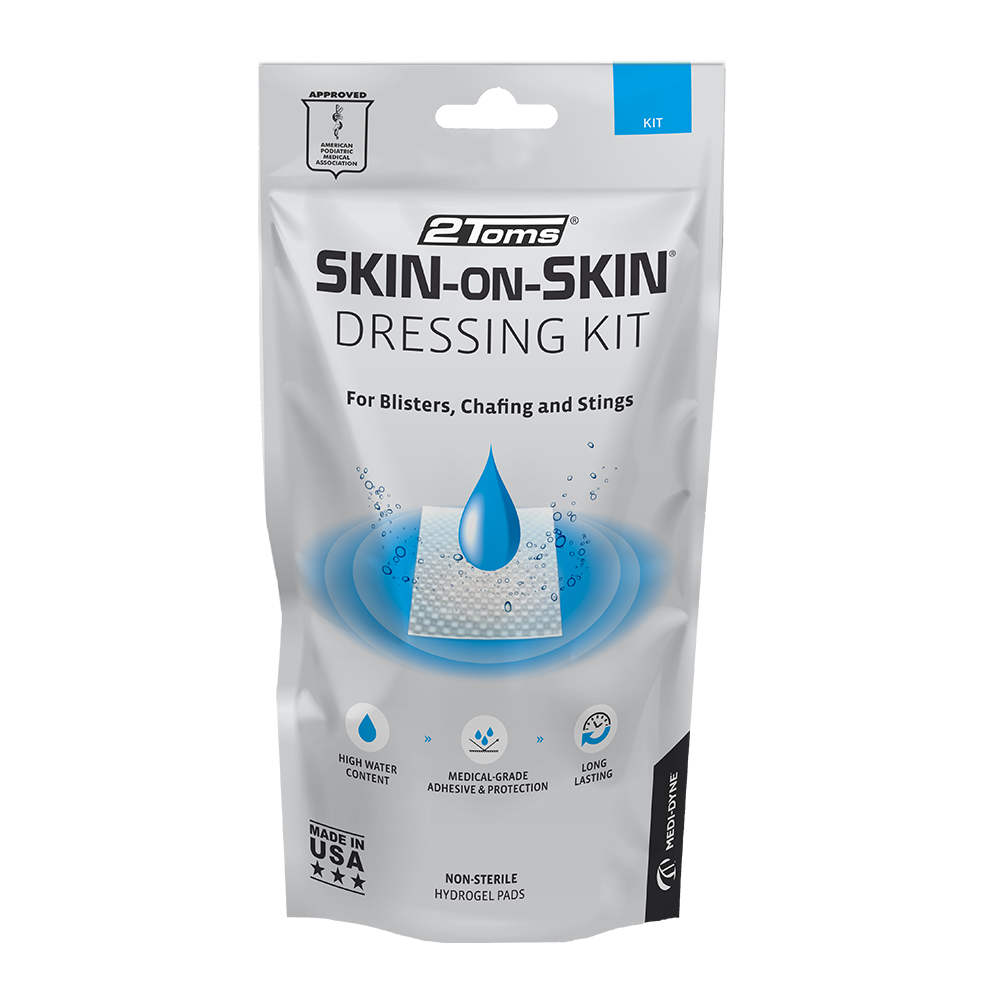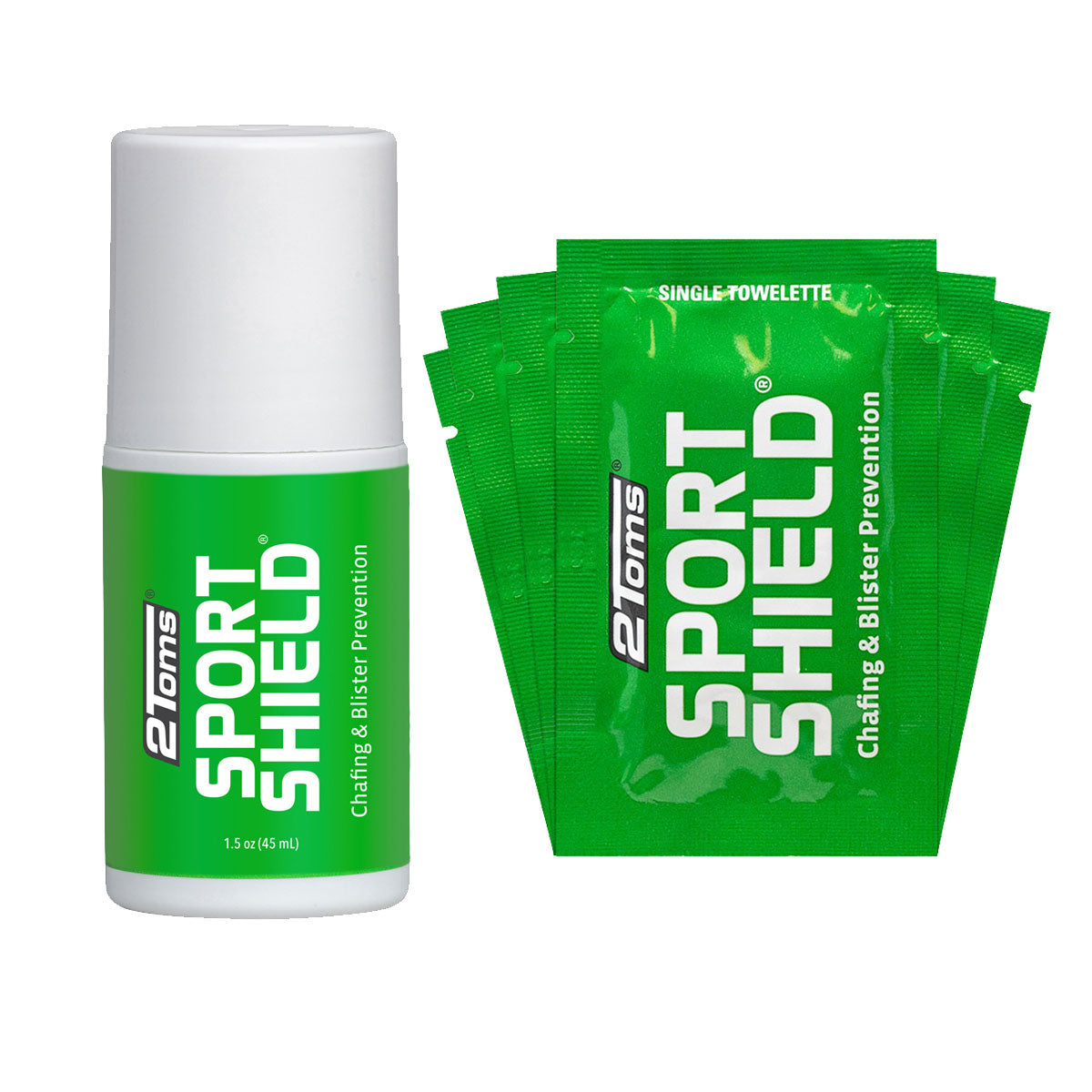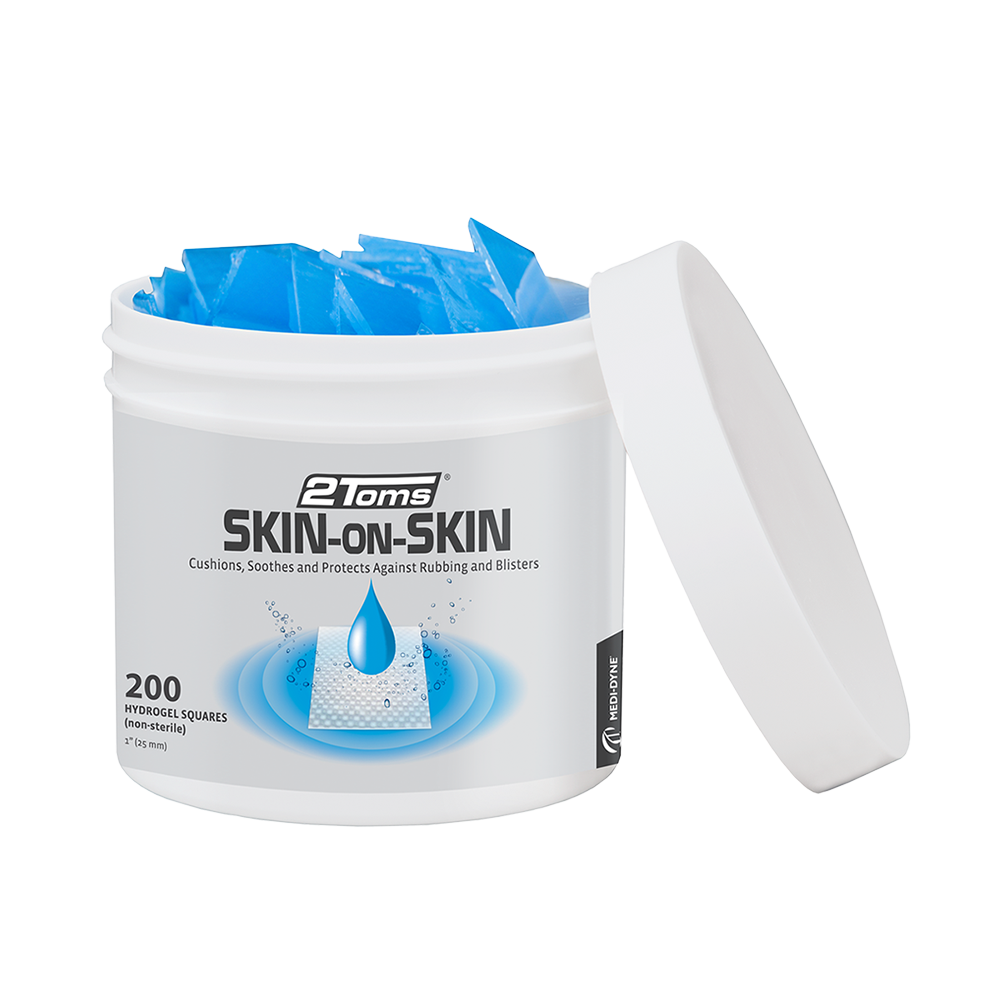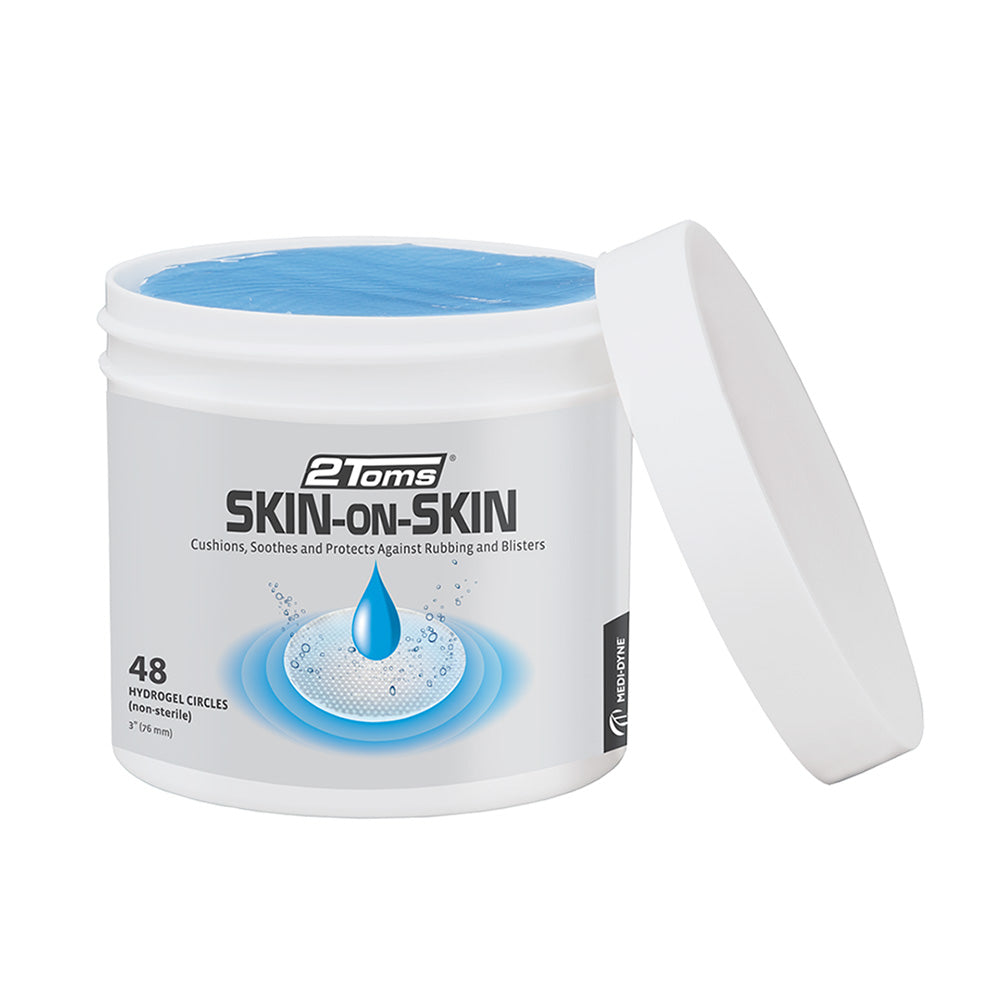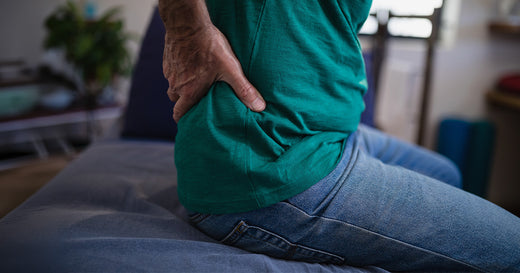Significant discomfort may be experienced by those who spend a lot of time on their feet, particularly due to heel spurs. These calcified protrusions at the underside of the heel bone often develop due to prolonged strain on the foot's ligaments and muscles. Specific stretching routines can offer relief and help deter the formation of new heel spurs. In this piece, we will cover heel spurs, their causes and symptoms, effective stretching routines that can be performed at home, and preventive measures.
Table of contents:
- Heel Spurs Stretching Exercises
- Stretching Exercises recommended by Medi-Dyne
- How to Prevent Heel Spurs?
Heel Spurs Stretching Exercises
Heel spur exercises are sometimes the best things you can do if you are suffering the pain of heel spurs. Heel spur exercises will strengthen the plantar fascia, which often provides pain relief in the heel.
In addition, the plantar fascia is lengthened, which makes movements less stressful on the heel. When participating in heel spur exercises, ensure the safety and protection of the injured area by wearing products that will protect the heel.
One product that will provide the protection and pain relief you need during heel spur exercises is Tuli’s® Dual Density Heel Cups. They have a shock absorber that separates the injured portion of the foot from the rest of the foot, distributing the weight of the body to the edges, rather than the middle where the pain is.
Stretching Exercises You Can Do at Home for Heel Spur Relief
Incorporating stretching exercises can help reduce pain associated with heel spurs and promote healing by loosening tight muscles and ligaments in the foot.
Calf Stretch Against the Wall
This calf stretch helps relieve tension in the Achilles tendon and calf muscles, which can indirectly reduce heel pain.
- Stand facing a wall with your hands at shoulder height.
- Step one foot back, keeping your heel on the ground.
- Bend your front knee while keeping your back leg straight, feeling the stretch in your back calf.
- Hold position for 20-30 seconds, then switch legs.
Plantar Fascia Stretch
Stretching the plantar fascia can reduce tension in the foot and decrease the likelihood of heel spur pain.
- Sit on a chair. Then, cross one leg over the opposite knee.
- Hold toes of the crossed leg and gently pull them back towards your shin.
- Hold the stretch position for 15-20 seconds, then release and repeat on the other foot.
Towel Stretch
This stretch is great for those with tight calf muscles and helps relieve pressure on the heel.
- Sit on the floor with your legs extended in front of you. Then, Loop a towel or resistance band around the ball of your foot and gently pull back. Hold for 20-30 seconds and repeat with the other foot.
Achilles Tendon Stretch
Stretching the Achilles tendon can alleviate heel pain and promote flexibility.
- Stand on the edge of a step with your heels hanging off.
- Slowly lower your heels down, feeling the stretch in the Achilles tendons and calves.
- Hold for 10-15 seconds, then raise your heels back up.
- Repeat 10 times.
Frozen Water Bottle Roll
This stretch stretches the plantar fascia and also helps reduce inflammation.
- Place a frozen water bottle on the floor.
- Roll your foot over the bottle for 5-10 minutes, applying gentle pressure to massage the heel.
Stretching Exercises recommended by Medi-Dyne
Some stretching exercises recommended by Medi-Dyne include:
Calf Stretch
Use ProStretch® Plus Adjustabe Calf and Foot Stretcher.
- Step into the ProStretch Plus with the toe lift mechanism intact.
- Slowly rock your foot back and forth, holding onto the wall for support.
- Hold in each position for 30 seconds, then rock to the next position.
Plantar Fascia Stretch
Using StretchRite® Stretching Strap.
- Sitting with your legs outstretched in front of you, pull the injured foot up to cross over the knee of the other leg.
- Wrap the StretchRite around the ball and toes of your injured foot and gently pull towards you with the handles.
- Hold for 20 seconds, release, and repeat 10 times.
How to Prevent Heel Spurs?
Knowing how to prevent heel spurs can save you from having to feel the pain or risk further injury. Understanding how to prevent heel spurs will also help you to keep your feet in better health all together.
The following are some things you should do to avoid acquiring heel spurs:
Support
Ensure that your feet always have the proper support. This includes wearing shoes that fit and that are in good condition. It also includes wearing Tuli’s® products such as Heel Cups or Gaitors, which provide your feet with proper arch support and cushioning.
Exercises
Exercise properly and perfect your technique so that you don’t put unnecessary pressure on your heels.
Conclusion
Heel spurs can be painful, but with the right approach, relief is achievable. Add stretching exercises into your daily routine and to take preventive measures such as wearing supportive footwear and maintaining a healthy weight, you can alleviate the discomfort caused by heel spurs and prevent their recurrence. Consistency is key to managing heel spur pain. Start incorporating stretching exercises into your routine today to reduce pain and get back to living an active, pain-free life.




